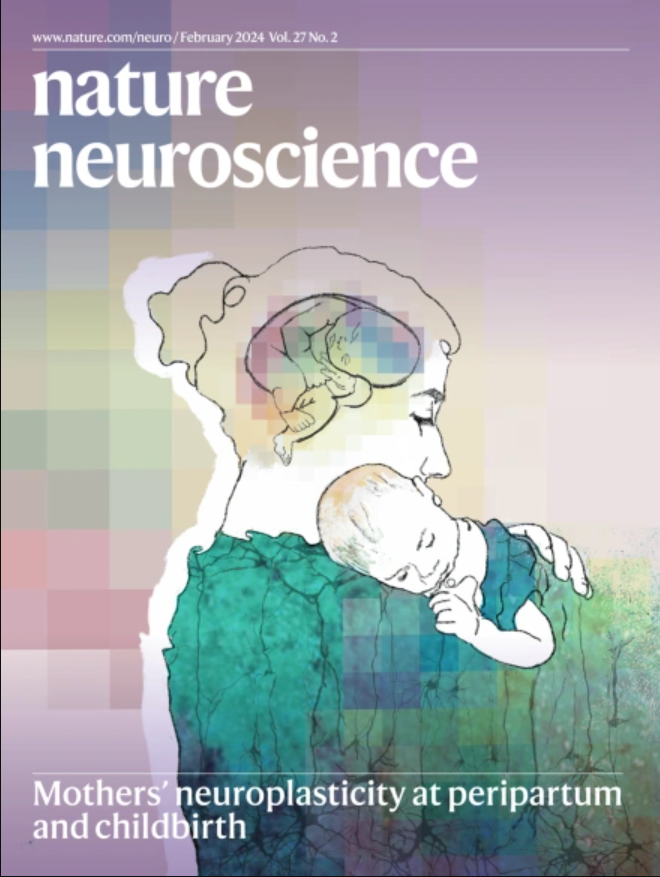人类听觉皮层的时间整合主要与绝对时间相关联。
IF 20
1区 医学
Q1 NEUROSCIENCES
引用次数: 0
摘要
音素和单词等声音结构的持续时间变化很大。因此,在绝对时间(例如100毫秒)与声音结构(例如音素)之间进行积分存在根本区别。传统上,听觉和认知模型分别从时间和结构的角度来描述神经整合,但皮层计算在多大程度上反映了时间或结构仍是未知的。在这里,为了回答这个问题,我们使用时间拉伸和压缩重新调整了所有语音结构的持续时间,并使用一种新的实验和计算方法测量了人类听觉皮层的整合窗口,该方法应用于时空精确的颅内记录。我们观察到拉伸语音的整合窗口略长,但相对于结构持续时间的变化,这种延长非常小(约5%),即使在与语音特定处理密切相关的非主要区域也是如此。这些发现表明,时间轭计算在整个人类听觉皮层中占主导地位,对结构处理的神经计算模型施加了重要的限制。本文章由计算机程序翻译,如有差异,请以英文原文为准。
Temporal integration in human auditory cortex is predominantly yoked to absolute time.
Sound structures such as phonemes and words have highly variable durations. Therefore, there is a fundamental difference between integrating across absolute time (for example, 100 ms) versus sound structure (for example, phonemes). Auditory and cognitive models have traditionally cast neural integration in terms of time and structure, respectively, but the extent to which cortical computations reflect time or structure remains unknown. Here, to answer this question, we rescaled the duration of all speech structures using time stretching and compression and measured integration windows in the human auditory cortex using a new experimental and computational method applied to spatiotemporally precise intracranial recordings. We observed slightly longer integration windows for stretched speech, but this lengthening was very small (~5%) relative to the change in structure durations, even in non-primary regions strongly implicated in speech-specific processing. These findings demonstrate that time-yoked computations dominate throughout the human auditory cortex, placing important constraints on neurocomputational models of structure processing.
求助全文
通过发布文献求助,成功后即可免费获取论文全文。
去求助
来源期刊

Nature neuroscience
医学-神经科学
CiteScore
38.60
自引率
1.20%
发文量
212
审稿时长
1 months
期刊介绍:
Nature Neuroscience, a multidisciplinary journal, publishes papers of the utmost quality and significance across all realms of neuroscience. The editors welcome contributions spanning molecular, cellular, systems, and cognitive neuroscience, along with psychophysics, computational modeling, and nervous system disorders. While no area is off-limits, studies offering fundamental insights into nervous system function receive priority.
The journal offers high visibility to both readers and authors, fostering interdisciplinary communication and accessibility to a broad audience. It maintains high standards of copy editing and production, rigorous peer review, rapid publication, and operates independently from academic societies and other vested interests.
In addition to primary research, Nature Neuroscience features news and views, reviews, editorials, commentaries, perspectives, book reviews, and correspondence, aiming to serve as the voice of the global neuroscience community.
 求助内容:
求助内容: 应助结果提醒方式:
应助结果提醒方式:


